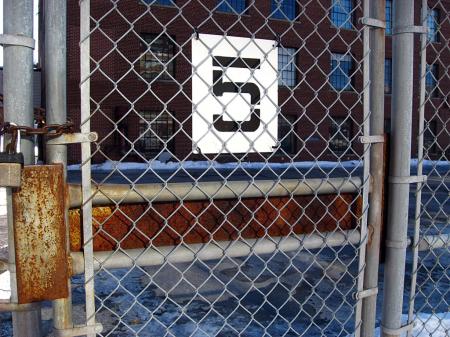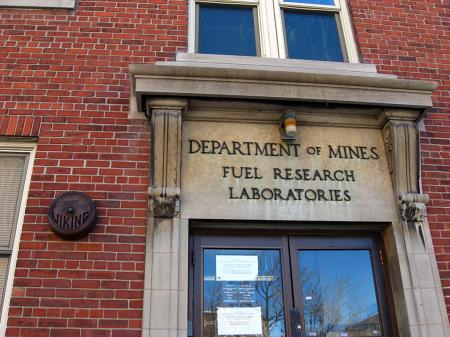You versus the lot:
- What proportion of your income would you be willing to give up to stop yourself from dying instantly in 1 year’s time?
- If you were certain to die in one year’s time, what proportion of your income would you be willing to give up to prevent all of humanity from becoming extinct at that precise moment?
- What proportion of your income would you be willing to give up to stop yourself from dying instantly in 10 years’ time?
- What proportion of your income would you be willing to give up to prevent humanity from becoming extinct in 10 years?
The long-term perspective
- What proportion of your income would you be willing to give up to prevent humanity from becoming extinct in 100 years?
- What proportion of your income would you be willing to give up to prevent humanity from becoming extinct in 1000 years?
Delaying versus preventing
- What proportion of your income would you be willing to give up to delay human extinction by 100 years, assuming it will otherwise occur in 100 years? That is to say, what would you pay to extend the length of the human species’ existence by 100 years?
- What proportion of your income would you be willing to give up to delay human extinction by 100 years, assuming it will otherwise occur in 1000 years?
- What proportion of your income would you be willing to give up to delay human extinction by 1000 years, assuming it will otherwise occur in 1000 years?
The relevance of the questions
- Do you feel strongly about all of these possibilities, about some but not others, or about none at all?






